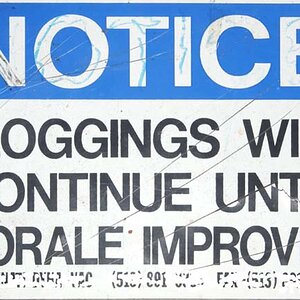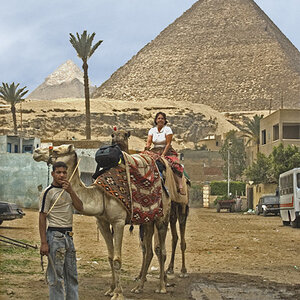I read that to get a good guide for exposure settings, we have to "meter" the light in an area.
What does that mean? Do I need any special device to meter? I've currently got a digital camera (with manual settings, but not slr), how do I meter with that?
What does that mean? Do I need any special device to meter? I've currently got a digital camera (with manual settings, but not slr), how do I meter with that?



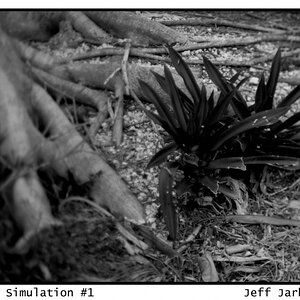

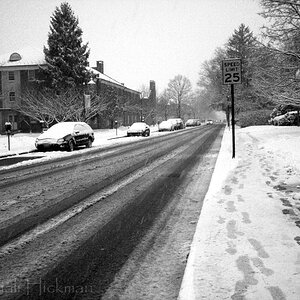
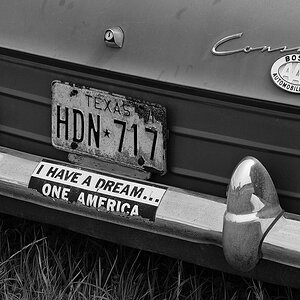
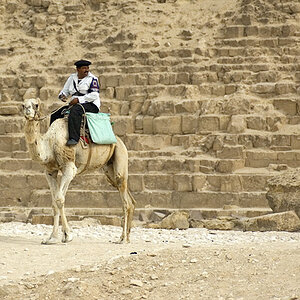

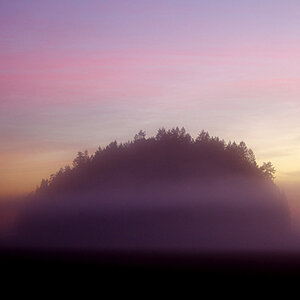
![[No title]](/data/xfmg/thumbnail/34/34070-2a43e701f983f62ada1c66a54d00be4e.jpg?1619736266)
